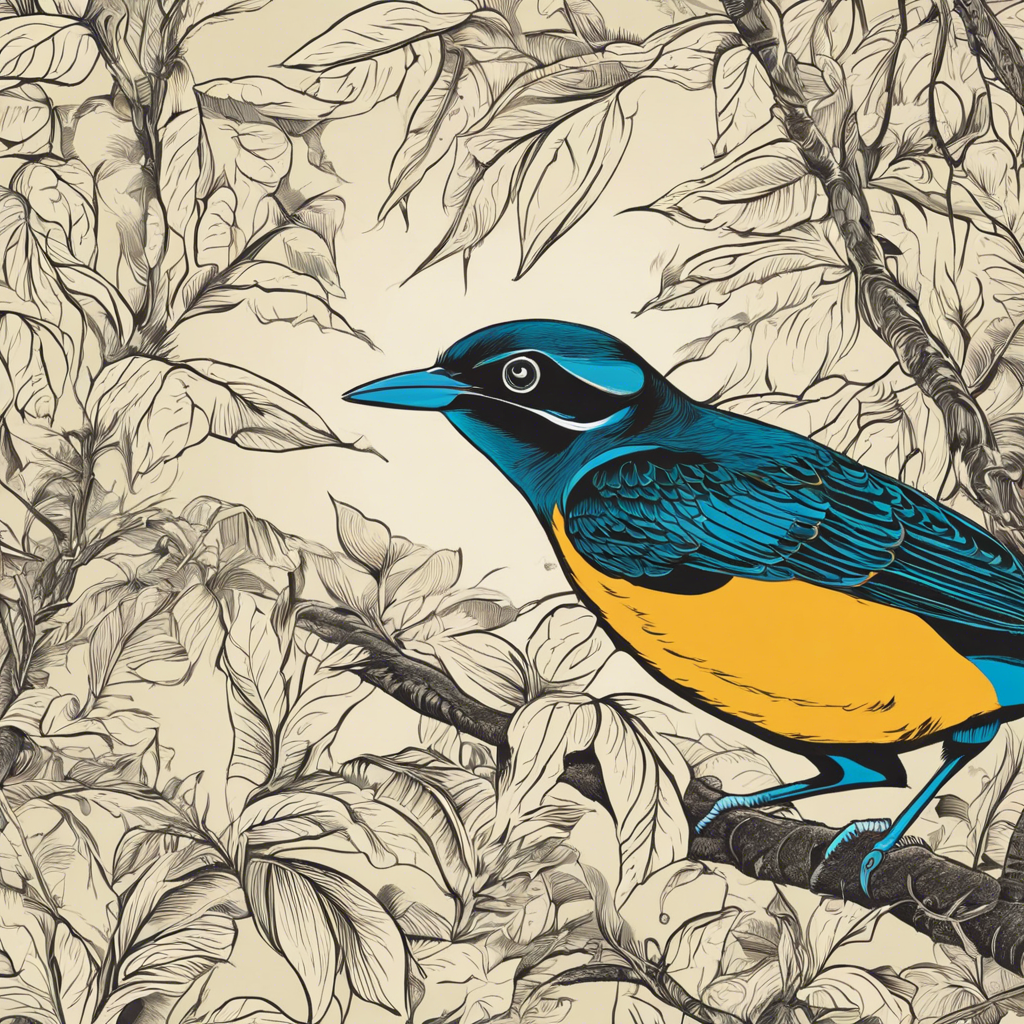Local bird breeding is an exciting and rewarding endeavor that has gained popularity among bird enthusiasts worldwide. This fascinating practice offers both challenges and unique opportunities for those eager to delve into the intricacies of avian life. Whether you’re a seasoned bird breeder or a curious beginner, understanding the nuances of this hobby is essential for success. Here’s an exploration of what enthusiasts can expect on their bird breeding journey.
Venturing into bird breeding requires a solid foundation of knowledge and careful planning. One of the primary challenges is selecting the right bird species for breeding. Each species has unique requirements for habitat, diet, and nesting, necessitating thorough research and preparation. Factors such as the availability of suitable breeding grounds, the bird’s natural habitat, and its compatibility with your local environment play critical roles in ensuring the success of the breeding program.
The art of bird breeding also demands a deep understanding of avian genetics. Breeders must carefully select parent birds to produce healthy offspring with desirable traits. This process involves studying family lineages, genetic traits, and the potential risks of inbreeding. Responsible breeders aim to maintain genetic diversity within their flocks, ensuring the long-term health and vitality of the bird population.
Creating a conducive breeding environment is another significant challenge. Birds require specific conditions for successful breeding, including appropriate nesting sites, suitable nesting materials, and a safe and secure environment free from disturbances. Providing a balanced diet and ensuring access to clean water are also essential to support the breeding process and the overall health of the birds.
However, the challenges of local bird breeding also come with exciting opportunities. Aviculturists can contribute to wildlife conservation efforts by breeding endangered bird species and helping to bolster their populations. This practice is especially crucial for species facing habitat loss and other threats in the wild. Successful breeding programs can lead to the release of captive-bred birds into their natural habitats, playing a pivotal role in species recovery.
Breeding birds also provide opportunities for education and outreach. Aviculture enthusiasts can share their knowledge and experiences with the public, fostering a deeper understanding of bird biology and the importance of conservation. This can inspire others to take an interest in bird conservation and even encourage some to explore bird breeding themselves.
In conclusion, local bird breeding is a captivating journey that offers a unique perspective on the natural world. While challenges exist, the rewards are immense, from contributing to conservation efforts to educating the public about the wonders of bird life. As bird enthusiasts embark on this fulfilling endeavor, they play a vital role in ensuring the health and prosperity of our feathered friends.










